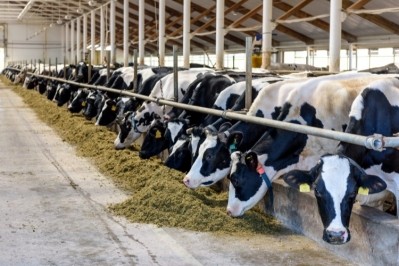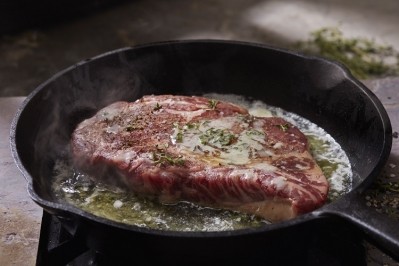Preserving meat with natural alternatives? It's possible, confirms research

Researchers from Zhejiang University in China found natural alternatives can preserve meat, in a nod to their role in progressing food safety.
Approving natural preservatives
Despite demands and other natural preservatives tested in model foods, there is only one approved natural preservative in the meat sector. “Nisin, an antimicrobial peptide from bacteria, is still the only one used in the meat industry,” Weihuan Fang, corresponding author of the review paper and Professor at Zhejiang University and Zhejiang A&F University, told FoodNavigator.
The antimicrobial peptide received approval from the European Union (EU) in 1983 and the US Food and Drug Administration (FDA) in 1988. Almost 40 years have passed since it was first approved in the EU.
Yet, the European market, the food industry, and consumers demand a lot from natural preservatives in meat. “There have been high expectations of natural preservatives for foods, especially those of animal origins, including meats and meat products,” said Fang.
Role of natural preservatives in meat
With the need to advance food safety ever critical, researchers from Zhejiang A&F University and Zhejiang University in China set out to explore the role various natural preservatives play and their potential applications in the meat sector.
“There are thousands of antimicrobial peptides (AMPs) from different sources that are archived in several databases and have the potential as natural preservatives,” said Fang.
In the study published in the Food Quality and Safety journal, the researchers found that natural preservatives offer a viable alternative to synthetic chemicals in meat preservation.
These effective natural compounds include bacteriophages (phages) and their endolysins, bacteriocins, and plant-derived substances. In their findings, the researchers said these “demonstrate significant potential in mitigating pathogenic bacteria in meat products”.
The researchers supported the shift from synthetic chemicals to natural alternatives in meat preservation, highlighting this is particularly true for the targeted efficacy of phages and their endolysins against specific bacterial pathogens like Salmonella and E. coli.
Researchers also explored bacteriocins, which are antibacterial peptides produced by bacteria, detailing that these alternatives require genetic engineering to boost their efficacy. The scientists also found that plant extracts and essential oils contain antimicrobial capabilities, while Lipopeptides, especially those from Bacillus species, were recognised for their antimicrobial activity and unique structure.
“This research marks a significant step towards safer and more natural meat preservation methods,” Zhejiang University stated.
Not ready for industrial application yet
Following the study, the recommendations for the meat industry regarding its use of natural preservatives err on the side of further exploration and uptake.
“There are good candidate AMPs and state-of-the-art technologies to design AMPs of higher potency and broader spectra,” said Fang. Lowering cost as a barrier to entry is also possible using today’s technology. “Producing such potent AMPs at a reasonable cost could be reduced by optimising the scale-up and purification processes,” added Fang.
Commercialisation of these natural preservatives presents several challenges, though, the researchers noted. The industry needs to ensure the efficacy, stability and safety of diverse food matrices of these alternatives before they can move from laboratory research to industrial application.
The study’s scientists recommended future research adopt streamlined approaches to conducting laboratory simulations and pilot studies that comprise well-acceptable guidelines and methodologies consistent with meat production and processing.






















